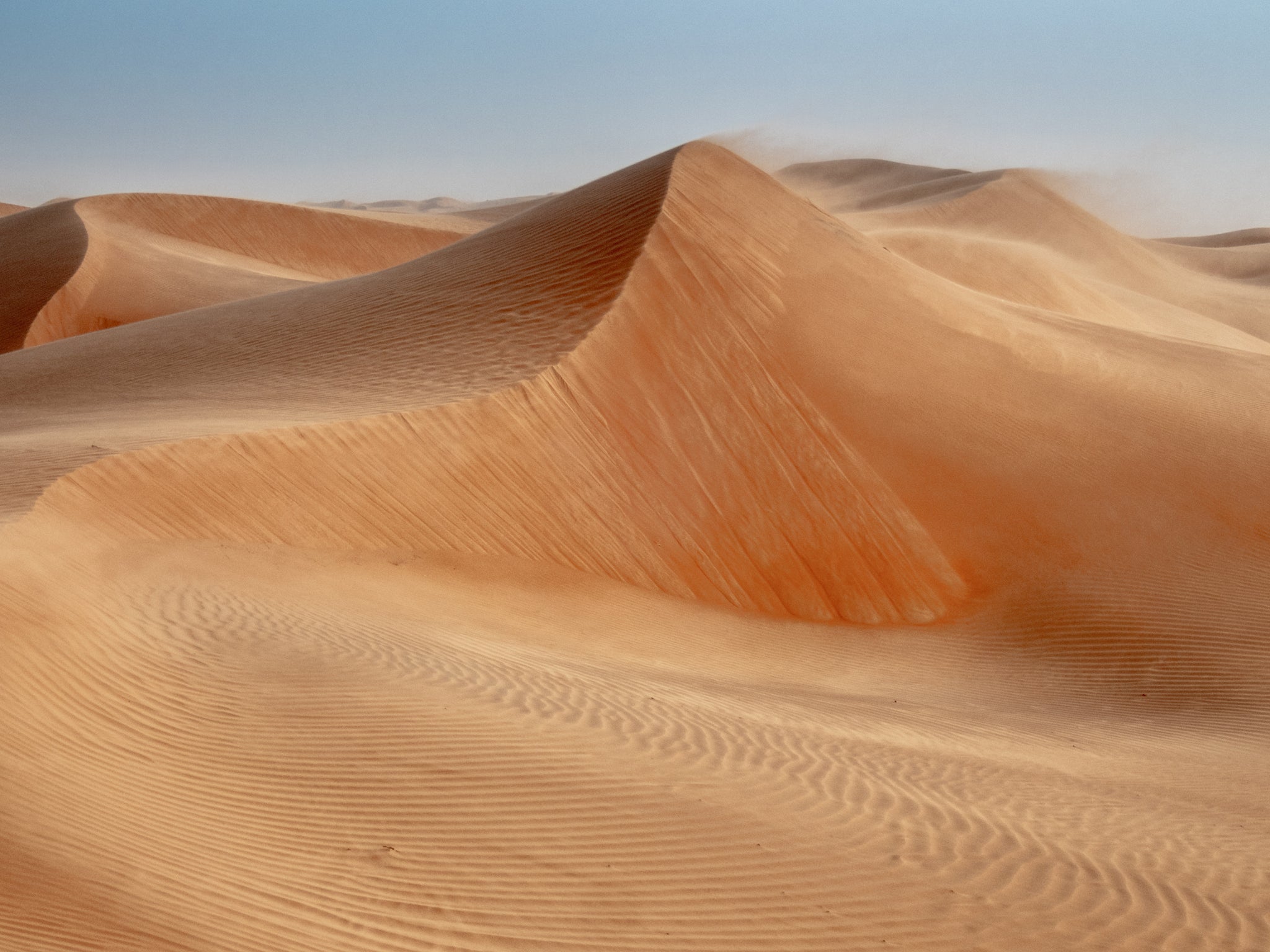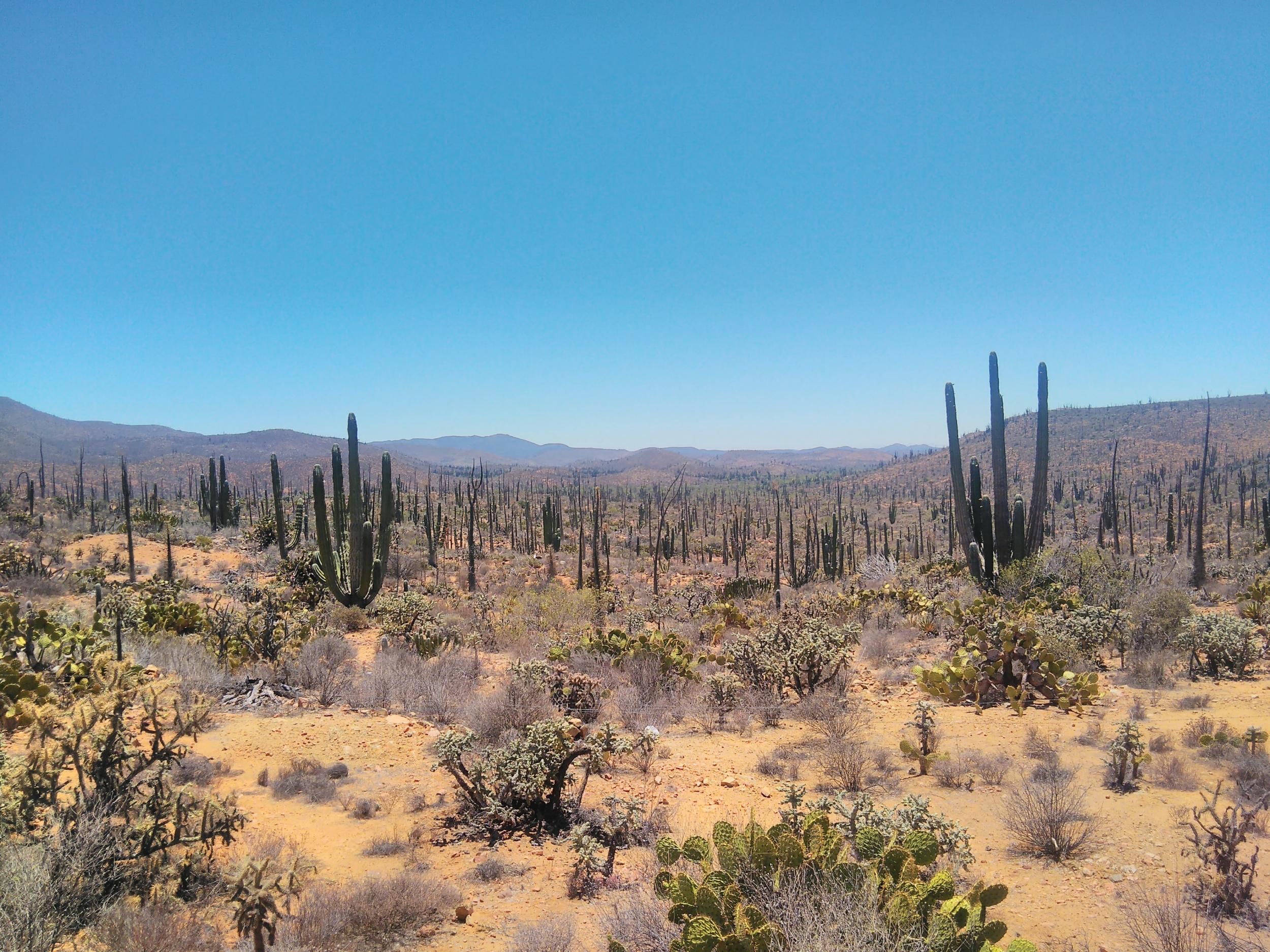How to find water in the desert
Avoiding dehydration is crucial to surviving intense heat and dry conditions
Your support helps us to tell the story
From reproductive rights to climate change to Big Tech, The Independent is on the ground when the story is developing. Whether it's investigating the financials of Elon Musk's pro-Trump PAC or producing our latest documentary, 'The A Word', which shines a light on the American women fighting for reproductive rights, we know how important it is to parse out the facts from the messaging.
At such a critical moment in US history, we need reporters on the ground. Your donation allows us to keep sending journalists to speak to both sides of the story.
The Independent is trusted by Americans across the entire political spectrum. And unlike many other quality news outlets, we choose not to lock Americans out of our reporting and analysis with paywalls. We believe quality journalism should be available to everyone, paid for by those who can afford it.
Your support makes all the difference.A desert is defined as anywhere in the world that experiences less than 250mm of rainfall every year.
The sweltering temperatures and dry atmosphere mean death by dehydration is a very real possibility, particularly if you keep moving in the height of the midday sun.
Even if you cover your skin and stay out of the wind, which can mask the severity of the heat you are being exposed to, the human body can only survive for about three days without water.
Here's what you can do to find an emergency water supply.
Terrain
Head for higher ground and the best possible vantage point from which to survey the horizon and spy any potential sources. Glimmers of light indicate the flat surface of a still pool in the distance.
Groundwater collects at dividing lines in the landscape such as the base of mountains so look for rocks sloping beneath the surface or craggy sandstone outcrops where overnight rainwater might have collected.
Check lower ground, given that water flows downhill, such as the basin of canyons or valleys and parched riverbeds.

Clay soil, rather than sand, could indicate underground water. Cracks and bulges indicate the presence of thriving roots.
In the cool of the evening dig a 30cm hole straight down. If the ground is damp at that level, expand the hole by 30cm in diameter at that point. By morning, water should have collected, which you can then soak up with rag and ring out into a drinking receptacle.
Flora and fauna
Another indication of water is the presence of animals, insects and vegetation nearby. Listen out for birdsong or mosquitos, flocks flying overhead or tracks and trails on the ground.
Cacti and roots contain water so break them open or bash them with a rock to access it. If you're in the Australian Outback, eucalyptus is a great resource.
The greenest deciduous plants ideally those with wide leaves, are more likely to prove succulent. Pine trees and other hardier plants require less water to survive but even a dead tree can retain water. Look out for insects crawling in or out of its bark as it might be possible to soak up any water inside with an absorbent rag or even a ball of dried grass.
Cacti fruits are also edible, but picking out their spines would be required or roasting them off over a campfire.
Dew might also be located beneath rocks if turned over first thing in the morning before the temperatures have risen and caused it to evaporate. Just watch out for scorpions.
Bushcraft
Some other good tips for collecting water include hanging up a makeshift tarp or even just an item of clothing overnight to absorb any dew or rainfall, so long as you take it in first thing before it evaporates again.
Any receptacles you have, from tin cups to shoes, should be left out overnight to collect rainfall.
Tying a plastic bag over a plant is also a good idea as it will allow you to trap the vapour it releases.

Ideally, any water gathered should be sterilised either through boiling, iodine tablets or being poured through an anti-microbial filter.
Consuming biological contaminants can lead to vomiting and diarrhoea, which will only lead to further dehydration.
But if the choice is between drinking unfiltered water and dying of dehydration, take your chances.

Join our commenting forum
Join thought-provoking conversations, follow other Independent readers and see their replies
Comments